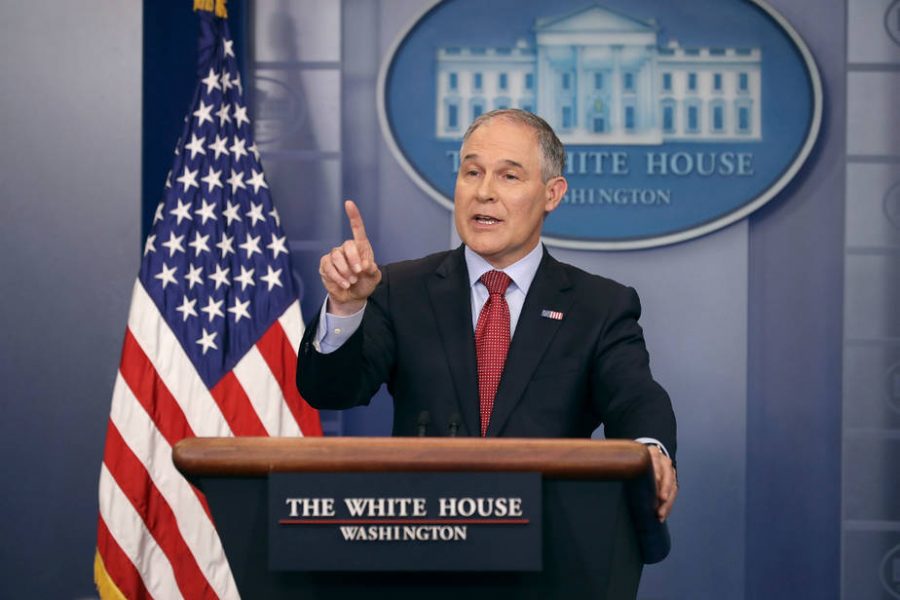Former Toxic Chemical Executive Now Makes EPA Policy
With the installment of Trump administration officials like Scott Pruitt, an avid climate change denier who, as Oklahoma’s attorney general, sued the EPA over a dozen times, many have been seeing changes in policy oriented to industry interests more than the public’s health.
Most recently we see major shifts in the Environmental Protection Agency’s toxic chemical unit, headed by top deputy Nancy B. Beck. Spending the last 5 years as an executive at the American Chemistry Council, as top deputy she recently reinstated a rule that makes it harder for the EPA and other organizations to find out the health risks of chemicals, which in turn makes it harder to ban toxins and allows the chemical industry to flourish.
Over the past few years the EPA has tried to prevent the use of the chemical perfluorooctanoic acid, which was once commonly used in nonstick pans and carpets advertised as stain resistant. The chemical has been shown to be related to kidney cancer, immune system disorders, and birth defects, among others.
After being hired in May, Beck changed a ruling so that the review process of the chemical was sped up, regardless that evidence exists it could be harmful to the consumer.
Beck has a history of downplaying the potential hazards of chemicals, as reported by the New York Times, she has said that government rules on the industry are “burdensome” and called the extensive testing for chemicals only for “phantom risks”.
The extreme delays and backlogged system of the EPA are a decades long frustration, for both the industries they regulate and the consumers they protect. Last year Congress passed a bipartisan bill aimed at pushing the EPA to speed up determinations on multiple chemicals, through the Toxic Substances Control Act.
However, now these former chemical giants are working on fast forwarding the review system through narrow rewording and editing of determinations so that substances under review require less testing. By changing wording and redefining the particular ways to test the dangers of chemicals, this opens up the EPA’s determinations on chemicals to legal review by the industry. For example by strictly defining the meaning of “the weight of the evidence” and only “requiring” the testing of chemicals for intended uses instead of all.
Over the past few months, these tactics have been effective in lifting the bans on the pesticide chlorpyrifos, and an ingredient used in paint stripper called methylene chloride, all of which have been shown to have serious health threats.
Many in the industry try to justify the loosening of regulation to ease public’s fears. As reported by the New York Times this June, Calvin M. Dooley, who represents the American Chemical Council said, “US business, jobs, and competitiveness depend on a functioning new chemicals program.”
However, many might wonder whether the cost of the public’s health is really relative to the industry’s monetary success.
Source: https://www.bostonglobe.com/news/nation/2017/10/21/chemical-industry-insider-now-shapes-epa-policy/OhH0CCmNZZ4yS82bPv8btL/story.html









